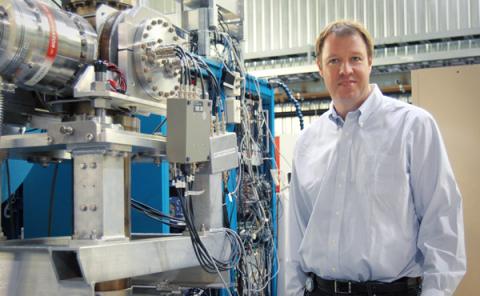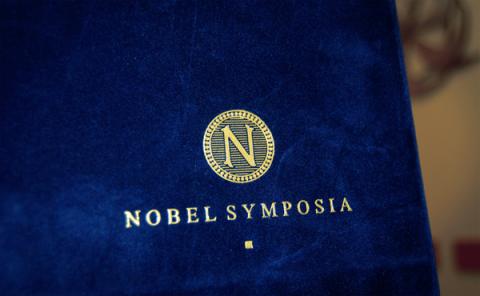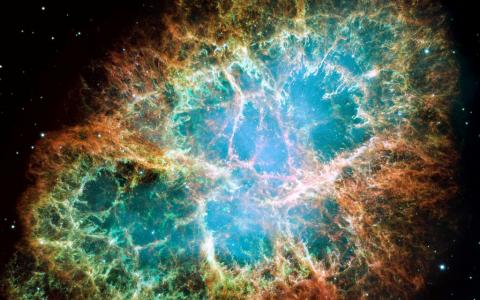


According to Jens Dilling, radioactive beams are in high demand because of their threefold benefit: intellectual gain, development of nuclear medicine, and advancement in material science.
He is hard to detect. With his expertise demanded worldwide, Jens is rarely only in his TRIUMF-based office, often out on the floor of ISAC conducting experiments or sometimes travelling internationally to report on recent successes.
On June 13, Jens Dilling attended the 152nd Nobel Symposium in Gothenburg, Sweden. The Nobel Symposia is a program that brings together world experts to discuss breakthroughs and progress in areas of science. Participation is by invitation only. The focus of this year’s symposium was Physics with Radioactive Beams. The Nobel Community for Physics was in attendance to gauge and evaluate the field. Dilling shared his research on Probing the Nuclear Interaction through Precision Mass Measurements. (Another Canadian, Ritu Kanungo of Saint Mary’s who also relies on TRIUMF, participated. But more on her in another story.)
For more than a decade, a trio of fundamental questions has been the main focus of Jens Dilling’s research.
1. The Strong Force
In 1963, three scientists shared a Nobel Prize for their discovery concerning the Nuclear Shell model of the atom. After years of application, it has become evident that this standard model, which simplifies the interaction between protons and neutrons into a system of two bodies, is insufficient when the nucleus contains very different number of neutrons and protons. As the interaction between the Sun, Earth, and the Moon, there is increasing evidence that three-body force also exist among the protons and neutrons inside atomic nuclei for selected very exotic isotopes. TRIUMF’s Ion Trap for Atomic and Nuclear Science (TITAN) serves as a facility in the understanding of the strong force. Jens Dilling, the man behind the machine, and his team of researchers aim to measure the masses of short-lived radioactive nuclei to better understand the binding force of the atomic nucleus.
2. Origin of the Elements
To discover or create and classify new elements on the nuclear chart is a big part of nuclear science, but Jens wants to go beyond this – he is determined to better understand the origin of the element. Stellar nucleosynthesis, a continuous process that occurs within stars, fuses the nuclei of simple elements to create more complex ones. ISAC can produce the same isotopes that are involved in this process to create neutron rich isotopes; TITAN measures their mass, shedding new light on the formation of elements.
3. Broken Symmetry
Symmetry has long played an important role in Physics. In theory, matter and anti-matter are produced in equal quantities. In reality, however, matter appears to dominate the visible universe in which we live, therefore raising the questions: why is matter favoured over anti-matter and could there exist a universe composed mainly of anti-matter? Using radioisotopes, TITAN can probe for parity violation, which is the disruption of symmetry in nature. Potentially, we can gain knowledge on the past and future of our universe.
Beaming at the Finish Line
The 152nd Nobel Symposia manifested the increasing international interest and investment in nuclear Physics. According to Jens Dilling, radioactive beams are in high demand because of their threefold benefit: intellectual gain, development of nuclear medicine, and advancement in material science. Countries around the world are in a race to possess powerful particle accelerators. Just 4 months ago, authorities approved the construction of a $1.6 billion-euro ($2 billion) particle accelerator to be built at a new Facility for Antiproton and Ion Research in Europe (FAIR) in Germany. Although there are still misconceptions about the topic by the public, Jens reminds us about the contributions to society made by nuclear physics, especially in the medical field. Since the highest density of energy in the universe is found inside the atomic nucleus, it is therefore only advantageous to further understand it so its full potential can be harnessed. Jens Dilling’s research at TRIUMF will continue to be on the world stage of nuclear Physics.
-- by A. Guo, Communications Assistant at TRIUMF
